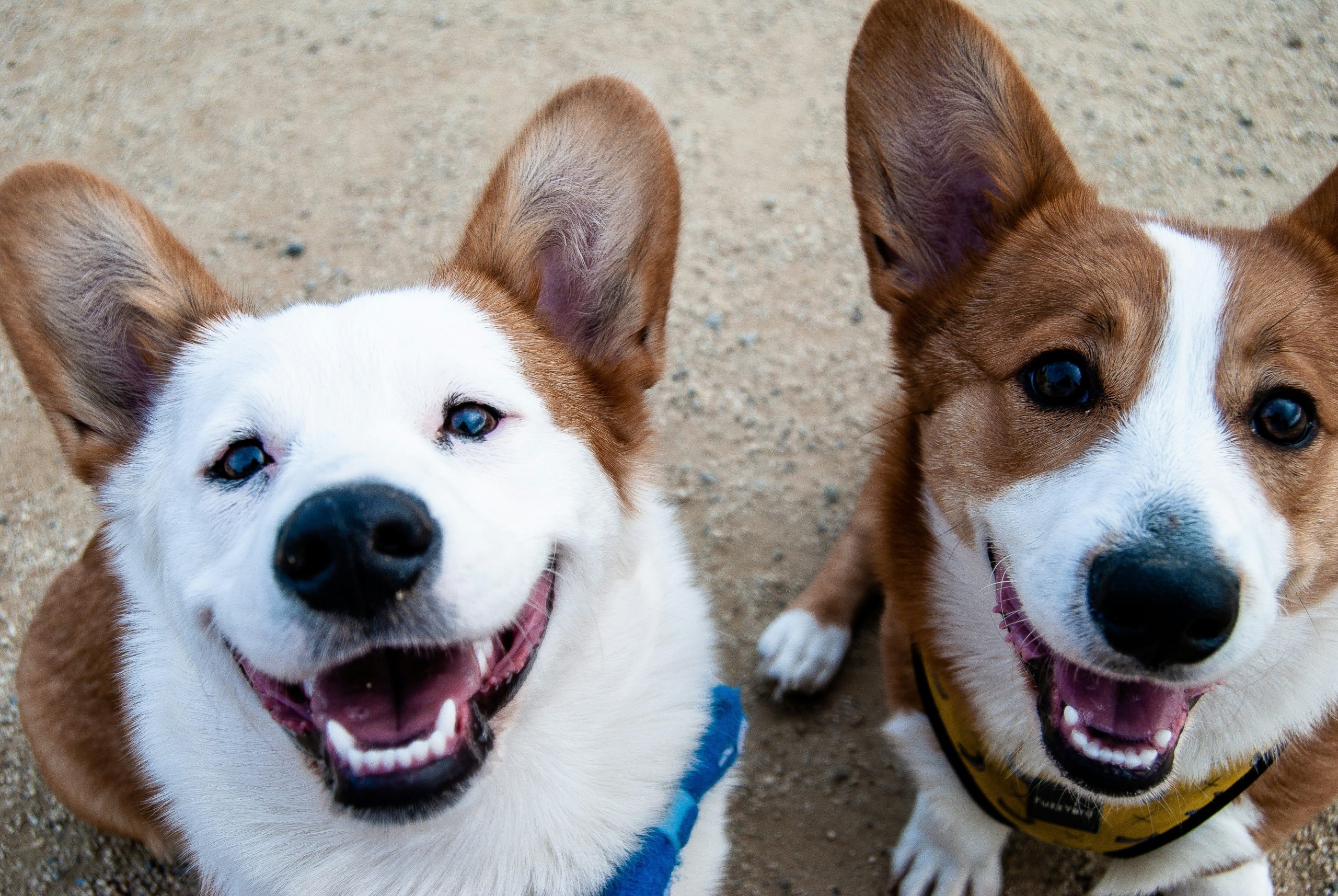Enhancing Your Bond: The Power of Hand Feeding Dogs
Enhance Your Bond with Your Dog and Improve Training with Hand Feeding
Overview of Hand Feeding Dogs
Hand feeding dogs is not only a practical training method but also a way to deepen the connection between pet owners and their dogs. By offering food by hand rather than using a bowl, this approach has proven to be effective in improving various aspects of a dog’s behavior and well-being. For instance, hand feeding can significantly enhance a dog’s focus during training sessions, as the direct interaction between the owner and the dog reinforces positive behaviors.
One of the notable benefits of hand feeding is its positive impact on impulse control in dogs. By requiring the dog to take food gently from the owner’s hand, this practice helps instill patience and self-control, which can be particularly beneficial for puppies or dogs with impulsive tendencies. Moreover, hand feeding serves as a means to grab the dog’s attention, fostering a stronger bond between the owner and their furry companion. This increased attention can lead to better responsiveness to commands and overall cooperation during training exercises.
Benefits of Hand Feeding Dogs
Hand feeding dogs offers a myriad of benefits that can positively impact both the dog and the owner. One of the key advantages is its effectiveness in building trust, especially with shy or fearful dogs. For example, by hand feeding a nervous rescue dog, the owner can establish a sense of security and reliability, ultimately fostering a stronger bond. Moreover, this practice can significantly reduce the likelihood of food aggression in dogs. By associating the act of being fed by hand with positive experiences, dogs are less likely to exhibit aggressive behaviors around food, creating a safer feeding environment.
Furthermore, hand feeding presents an excellent opportunity for training and reinforcing desirable behaviors in dogs. For instance, when a dog is hand fed as a reward for following a command or displaying good behavior, it helps solidify the association between positive actions and positive outcomes. This reinforcement not only enhances the dog’s obedience but also boosts their confidence and mental stimulation. By offering food through hand feeding, the owner can actively engage with the dog, creating a focused and attentive environment that strengthens the communication and understanding between the two.
Proper Techniques for Hand Feeding
Properly hand feeding your dog involves more than just offering food by hand; it is about creating positive associations and reinforcing good behavior. For example, when hand feeding, make sure to use a calm and reassuring tone to help your dog feel comfortable and secure during mealtime. By doing so, you are not only providing food but also building trust and strengthening the bond between you and your pet.
Additionally, hand feeding can serve as an excellent training opportunity. Take advantage of this time to work on basic commands such as “sit” or “stay” before offering the food. This approach not only enhances obedience but also teaches your dog to focus and listen to your commands attentively, thereby improving their overall impulse control and responsiveness. Remember, consistency is key when hand feeding, as it reinforces the positive association between you, the food provider, and your dog, the recipient.
When to Implement Hand Feeding
When considering hand feeding puppies, it is important to recognize that this practice can play a crucial role in teaching them impulse control and discouraging the formation of bad eating habits. For instance, by hand feeding a puppy, you are providing a structured approach to mealtime, which can help them learn to eat at a moderate pace rather than gobbling their food quickly. This can be particularly useful in preventing digestive issues and promoting healthier eating habits in the long run.
Moreover, hand feeding can serve as a valuable tool in preventing resource guarding tendencies and building trust, especially with dogs that have experienced trauma or come from a rescue background. For example, rescue dogs may have a history of food scarcity or competition, and by hand feeding them, you are creating positive associations with mealtime and human interaction. This can aid in establishing a stronger bond based on trust and positive reinforcement, ultimately leading to a more secure and confident pet. Additionally, hand feeding can be a great way to enhance the bond with your dog and reinforce training commands effectively, contributing to a harmonious and fulfilling relationship between you and your canine companion.
Contrasting Hand Feeding and Bowl Feeding
When comparing hand feeding and bowl feeding for dogs, it’s essential to consider the potential implications of each feeding method. Hand feeding, while advantageous for building trust and strengthening the bond between a dog and its owner, can inadvertently result in dogs lacking self-control around food. For instance, when dogs are consistently hand-fed, they may struggle to regulate their food intake and exhibit impulsive behaviors during feeding times. This lack of self-control can lead to issues such as food aggression or begging for food excessively, which may require training interventions to address.
On the other hand, bowl feeding provides a more structured approach to mealtime, allowing dogs to eat independently and at a controlled pace. Dogs fed from a bowl may develop better self-regulation skills when it comes to food consumption, as they are not reliant on the presence of the owner during meals. However, bowl feeding alone may not offer the same level of engagement and training opportunities that hand feeding provides. It is important to strike a balance between the two methods, incorporating elements of hand feeding to enhance the dog’s focus and impulse control while maintaining the benefits of independent feeding from a bowl. By combining both approaches strategically, dog owners can promote healthy eating habits and a positive feeding routine for their pets.
Conclusion and Recommendations
Hand feeding is a valuable practice that goes beyond merely providing sustenance to your dog. It can significantly improve the relationship between you and your furry companion by creating a positive association with mealtime interactions. By engaging in hand feeding, you are not only nourishing your dog’s body but also nurturing their trust and respect for you as the provider of their food, thereby strengthening the emotional bond between you both. For example, hand feeding can be particularly useful for rescue or traumatized dogs who may have trust issues, as it allows them to associate your presence with positive experiences, gradually building their confidence and security.
Furthermore, hand feeding offers a unique opportunity to reinforce training commands and shape desired behaviors in your dog. For instance, by using hand feeding as a training tool, you can encourage impulse control, prevent food aggression, and promote self-discipline during meal times. This method not only fosters obedience and attentiveness in your dog but also instills a sense of respect for boundaries and rules. Through consistent and patient hand feeding sessions, you can effectively communicate with your dog, establish clear expectations, and create a harmonious living environment based on mutual understanding and cooperation. Remember, the key to successful hand feeding lies in positive reinforcement, ensuring that each feeding session is a rewarding and enriching experience for both you and your canine companion.




